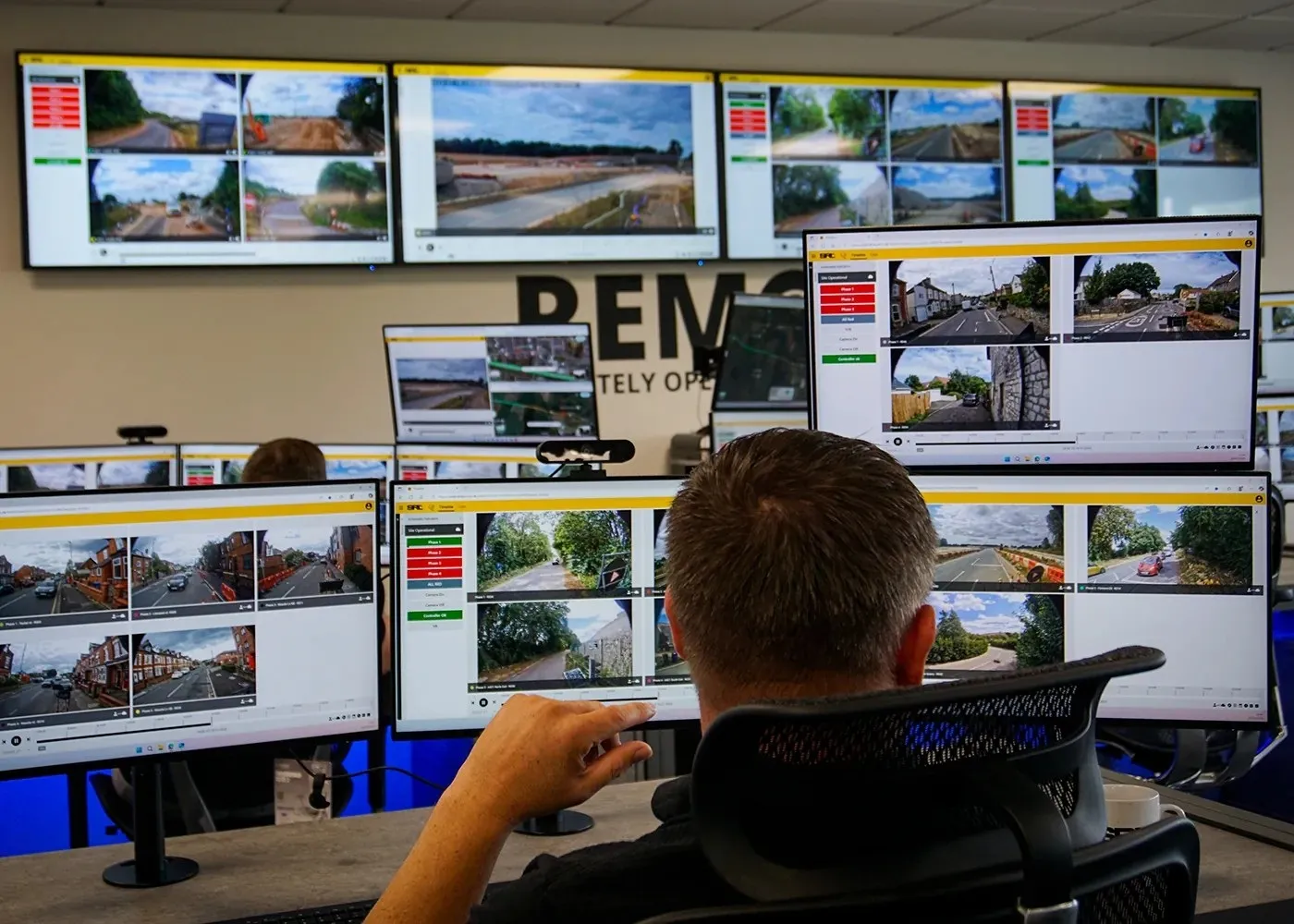Beginning in 2015, some of Toyota Motor Corporation's new models will be compatible with advanced vehicle-infrastructure cooperative systems that use a wireless frequency reserved for intelligent transport systems (ITS). This compatibility will be offered as an option for the Toyota Safety Sense P active safety package that will be made available in 2015 on selected new models sold in Japan.
The systems will use the dedicated ITS frequency of 760 MHz for road-to-vehicle and vehicle-to-vehicle communicati
November 28, 2014
Read time: 2 mins
Beginning in 2015, some of 1686 Toyota Motor Corporation's new models will be compatible with advanced vehicle-infrastructure cooperative systems that use a wireless frequency reserved for intelligent transport systems (ITS). This compatibility will be offered as an option for the Toyota Safety Sense P active safety package that will be made available in 2015 on selected new models sold in Japan.
The systems will use the dedicated ITS frequency of 760 MHz for road-to-vehicle and vehicle-to-vehicle communication to gather information that cannot be obtained by onboard sensors. At intersections with poor visibility, information about oncoming vehicles and pedestrians detected by sensors above the road will be conveyed via road-to-vehicle communication, and information about approaching vehicles will be conveyed via vehicle-to-vehicle communication, with audio and visual alerts warning drivers when necessary.
In addition, Toyota's newly-developed communicating radar cruise control feature allows preceding and following vehicles to maintain safe distances between one another on highways.
Communicating radar cruise control uses Toyota's existing forward-facing millimetre-wave radar to detect inter-vehicular distances and relative speeds. The addition of acceleration and deceleration information from preceding vehicles (obtained via vehicle-to-vehicle communication) significantly enhances tracking performance. In addition to making highway driving safer, this helps reduce traffic congestion and enables more fuel-efficient driving.
The systems will use the dedicated ITS frequency of 760 MHz for road-to-vehicle and vehicle-to-vehicle communication to gather information that cannot be obtained by onboard sensors. At intersections with poor visibility, information about oncoming vehicles and pedestrians detected by sensors above the road will be conveyed via road-to-vehicle communication, and information about approaching vehicles will be conveyed via vehicle-to-vehicle communication, with audio and visual alerts warning drivers when necessary.
In addition, Toyota's newly-developed communicating radar cruise control feature allows preceding and following vehicles to maintain safe distances between one another on highways.
Communicating radar cruise control uses Toyota's existing forward-facing millimetre-wave radar to detect inter-vehicular distances and relative speeds. The addition of acceleration and deceleration information from preceding vehicles (obtained via vehicle-to-vehicle communication) significantly enhances tracking performance. In addition to making highway driving safer, this helps reduce traffic congestion and enables more fuel-efficient driving.









